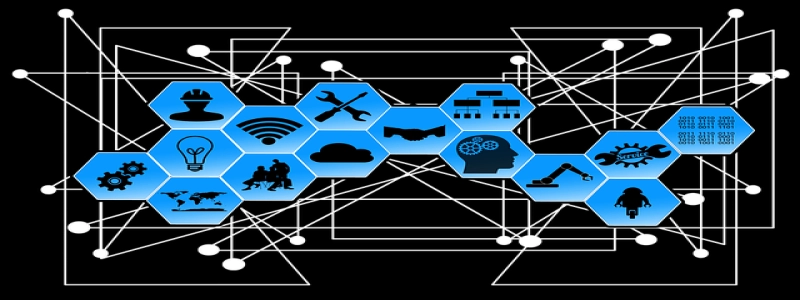Metro Ethernet: Connecting Cities at Lightning Speed
Introduction:
Metro Ethernet, also known as Metropolitan Ethernet, is a cutting-edge technology that has revolutionized the way cities are connected. With its high-speed connectivity and cost-effective solution, Metro Ethernet has become a popular choice for businesses, organizations, and even individuals, who require reliable and efficient internet connectivity for their day-to-day activities.
I. What is Metro Ethernet?
a. Definition: Metro Ethernet is a wide area network (WAN) technology that utilizes Ethernet standards to provide high-speed data connectivity over a metropolitan area network (MAN).
b. Advantages: Metro Ethernet offers several advantages, including high bandwidth, scalability, flexibility, and cost-effectiveness.
II. How does Metro Ethernet work?
a. Infrastructure: Metro Ethernet relies on a fiber-optic network infrastructure, which consists of fiber-optic cables, switches, and routers.
b. Service Providers: Metro Ethernet services are typically offered by telecom service providers, who manage and maintain the network infrastructure.
c. Access Points: Customers are connected to the Metro Ethernet network through access points, which can be in the form of Ethernet ports, routers, or switches.
d. Virtual LANs (VLANs): Metro Ethernet utilizes VLANs to separate and prioritize different types of network traffic, ensuring optimal performance and security.
III. Benefits of Metro Ethernet:
a. High Speed: Metro Ethernet offers blazing fast speeds, ranging from 10 Mbps to 10 Gbps, enabling rapid data transmission and real-time communication.
b. Scalability: Metro Ethernet can easily adapt to changing business needs, allowing organizations to increase their bandwidth as their requirements grow.
c. Flexibility: Metro Ethernet supports various types of connections, including point-to-point, point-to-multipoint, and multipoint-to-multipoint, providing flexibility in network design.
d. Cost-effectiveness: Compared to traditional leased lines or other WAN technologies, Metro Ethernet offers a more cost-effective solution, without compromising on performance and reliability.
e. Service Level Agreements (SLAs): Metro Ethernet service providers often offer SLAs, guaranteeing a certain level of uptime, latency, and quality of service.
IV. Applications of Metro Ethernet:
a. Business Connectivity: Metro Ethernet is widely used by businesses to connect their branches, headquarters, data centers, and cloud services, facilitating seamless communication, data sharing, and collaboration.
b. Internet Service Providers (ISPs): ISPs leverage Metro Ethernet to provide high-speed internet access to residential and commercial customers.
c. Municipal Networks: Metro Ethernet is utilized by municipalities to establish city-wide networks, enabling efficient communication and connectivity between government offices, public safety agencies, and other essential services.
d. Healthcare and Education: Metro Ethernet plays a vital role in the healthcare and education sectors, enabling seamless data sharing, telemedicine, distance learning, and online collaboration.
e. Video Surveillance: Metro Ethernet’s high bandwidth and low latency make it ideal for transmitting high-definition video streams from surveillance cameras to control centers, enhancing public safety and security.
Conclusion:
Metro Ethernet has transformed the way cities are connected, providing lightning-fast internet connectivity at affordable prices. With its numerous benefits and diverse applications, Metro Ethernet is undoubtedly the future of metropolitan networking, enabling businesses, organizations, and individuals to stay connected, productive, and competitive in today’s digital world.






